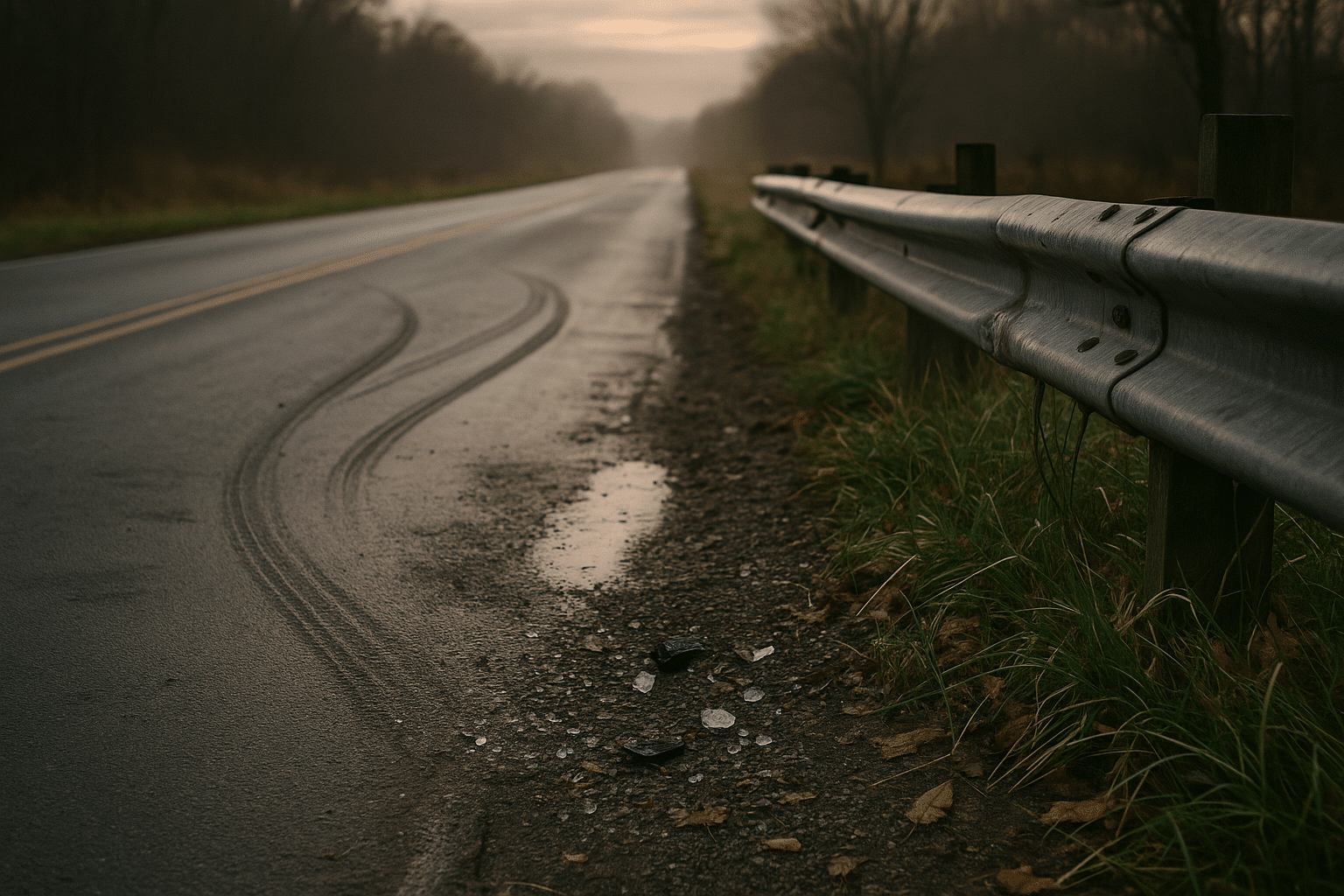
Exploring the Art of Cinematic Videography
Cinematic videography is more than just capturing moving images; it’s an art form that tells stories through visual mastery and creative techniques. This exploration delves into the nuances of crafting visually compelling narratives that captivate audiences.
The Essence of Cinematic Videography
Cinematic videography transforms ordinary footage into extraordinary storytelling. It’s about using techniques that evoke emotions and create a deeper connection with the audience. Renowned cinematographer Roger Deakins once said, “The visual image is a very powerful thing.” This statement highlights the impact of carefully crafted visuals in narrative filmmaking.
Mastering Techniques for Cinematic Quality
Understanding the techniques that contribute to cinematic videography is crucial. Here are some key elements:
- Lighting: Proper lighting sets the mood and enhances the visual appeal. Experiment with natural light and artificial sources to create depth and contrast.
- Composition: Use the rule of thirds to frame your shots creatively. This technique draws the viewer’s eye to focal points and adds balance.
- Camera Movement: Smooth camera movements, such as pans and tilts, add dynamism. Consider using stabilizers for fluid motion.
According to a study by HubSpot, videos are 40 times more likely to be shared on social media than other types of content, underlining the importance of engaging visuals in digital storytelling.
Personal Anecdotes and Examples
Take, for instance, a project I worked on where we transformed a simple interview setup into a cinematic experience by using low-key lighting and strategic camera angles. The result was a visually stunning piece that left a lasting impression on viewers.
Actionable Tips for Aspiring Videographers
- Invest in quality equipment that suits your style and budget.
- Experiment with different genres to find your niche.
- Continuously seek feedback and learn from critiques.
Utilize editing software to enhance your footage. Color grading and sound design can significantly elevate the quality of your videos.
Resources for Further Learning
For those looking to expand their knowledge, online platforms like Skillshare offer courses on videography techniques, while Videomaker provides valuable insights and tips.
| Technique | Purpose | Effect |
|---|---|---|
| Lighting | Set mood | Enhances mood and depth |
| Composition | Frame shots | Creates balance and focus |
| Camera Movement | Adds dynamism | Makes footage engaging |
| Sound Design | Enhances atmosphere | Creates immersion |
| Color Grading | Adjusts tone | Sets visual mood |
| Storyboarding | Plans shots | Ensures coherence |
| Editing | Refines footage | Polishes final product |
| Lens Choice | Affects perspective | Influences visual storytelling |
Frequently Asked Questions
What is the difference between videography and cinematography?
While both involve capturing video, cinematography focuses more on the art and techniques of film production, including lighting, camera work, and visual storytelling.
How can I improve my video editing skills?
Practice regularly, watch tutorials, and seek feedback from experienced editors to hone your skills over time.
Conclusion
In summary, cinematic videography is about mastering the art of visual storytelling. By focusing on key techniques and continually honing your skills, you can create compelling narratives that resonate with audiences. Whether you’re a beginner or an experienced filmmaker, there’s always more to learn in the ever-evolving world of videography. Start exploring these techniques today to elevate your video projects to new heights.


